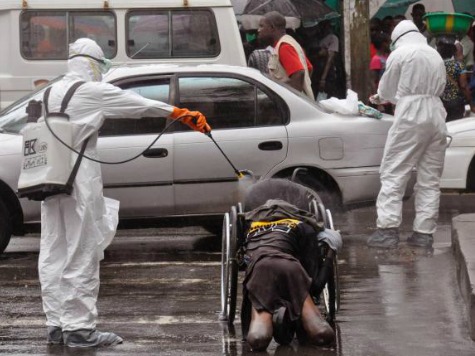This article originally appeared in The Daily Beast.
Contact tracing–tracking down an Ebola patient’s immediate circle–is doable in the West. But in West Africa, with limited transportation, fuel, and health workers, it’s daunting.
“Contact tracing” sounds like something that would excite only the grimmest of health-care operations implementation scientists.
But actually, contact tracing is the core principle of all public-health endeavors. It is the very thing that separates the men from the boys–or in this instance, the resource-plentiful from the resource-strapped countries. And though you wouldn’t know it from the trail of lamentations and mea culpas that have followed the Dallas hospital leaders and the even more beleaguered Centers for Disease Control and Prevention, we just saw a perfect execution of contact tracing right there in Metroplex, Texas (and the attendant venues on the cruise ship and the Frontier Airlines flights).
What they did–and what humanitarian aid organization Doctors Without Borders/Médecins Sans Frontières (MSF) says Liberia no longer can do–is simple: They traced people.
So when the late Thomas Eric Duncan was diagnosed, an immediate circle was drawn around his contacts–they were traced (ergo, contact tracing). And because the transmission of Ebola is pretty well understood, this group of people was watched carefully for 21 days–graduating just yesterday–until they proved themselves to be Ebola-free. Had a secondary case (Duncan is the primary case; anyone catching it from him, such as the two nurses, are secondary cases) been diagnosed from his home contacts, that person would have been caught early in the pre-contagious stage, and a circle drawn around his or her contacts. They would then start the meter at 21 days and wait it out.

COMMENTS
Please let us know if you're having issues with commenting.